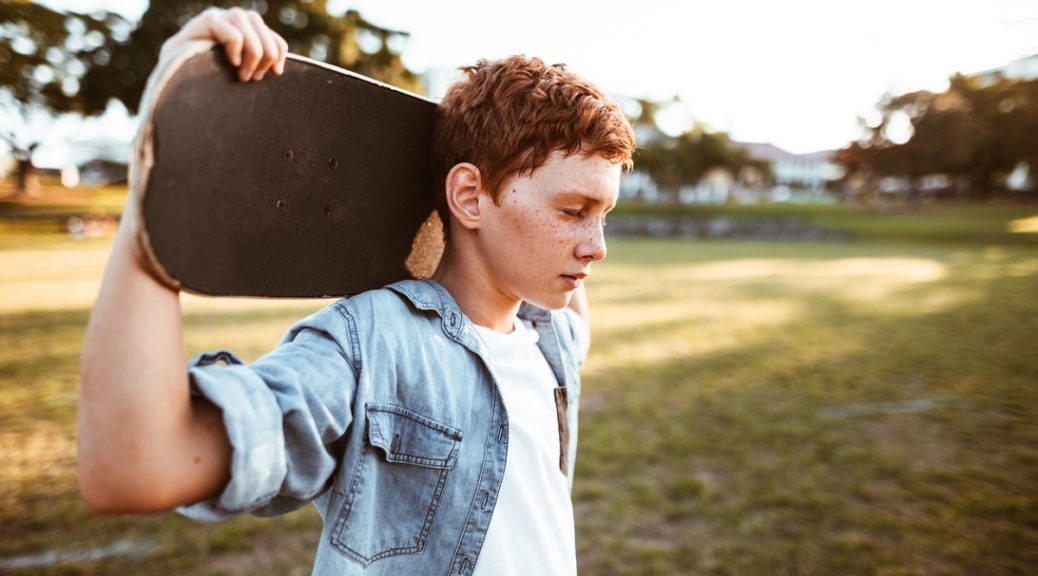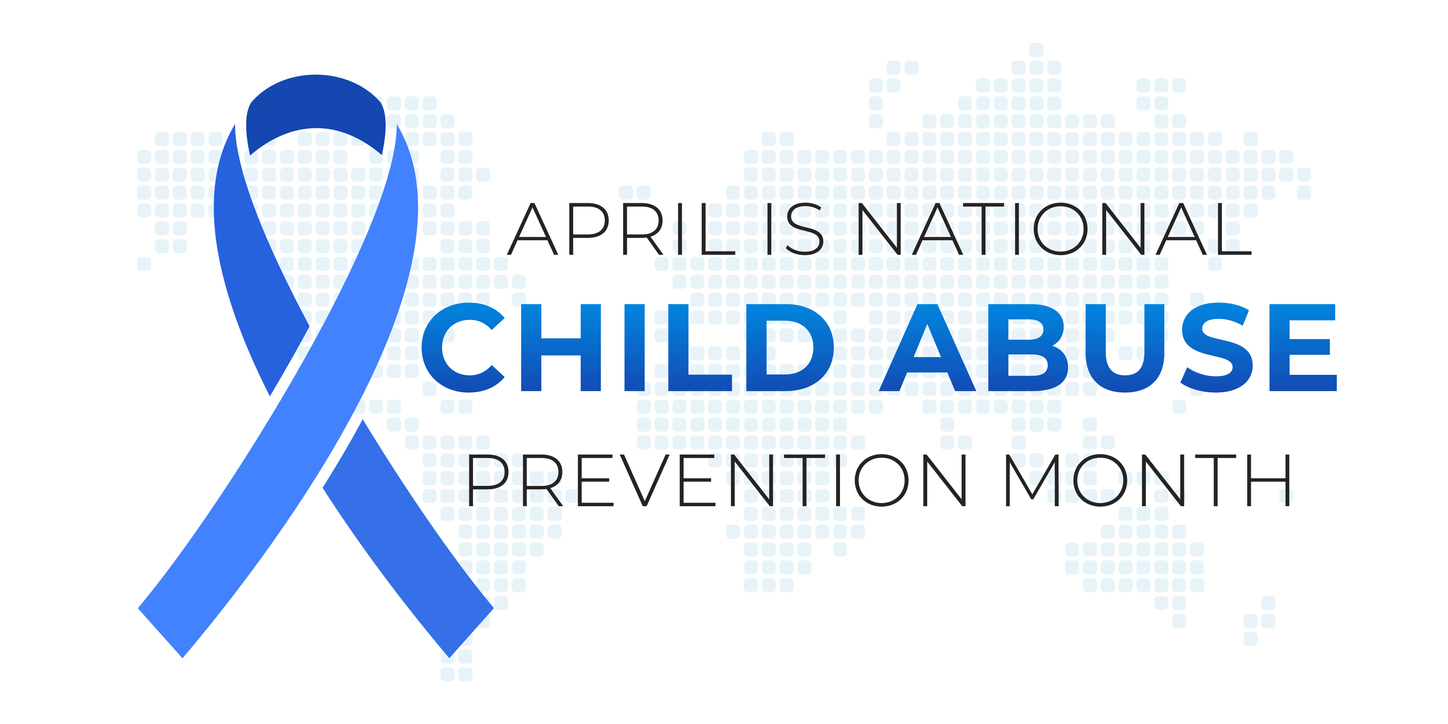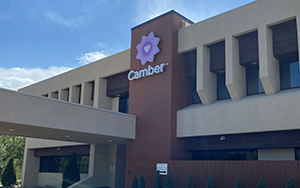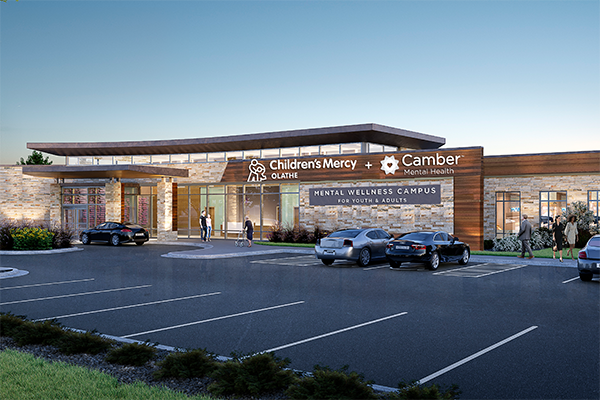What’s the Connection Between Child Abuse and Depression?

If you’re concerned a child is being abused, visit this page from the Child Welfare Information Gateway for information about how to make a report based on the state you live in. If you or someone else is in immediate danger, call 911 right away!
Child abuse threatens at least 1 in 7 children in the United States every year, and the victims are not only in pain as the abuse is occurring but also long after with lasting psychological impacts. When we talk about things like depression or the suicide rate in America, we need to also understand that these challenges are often interlinked with trauma people experience in childhood, including abuse.
When a youth or adult does not receive the proper treatment to heal emotionally from abuse, research shows that the outcomes for their mental health are greatly impacted.

Types of Child Abuse
The four types of abuse, as categorized by the Centers for Disease Control and Prevention (CDC), include physical abuse, sexual abuse, emotional abuse and neglect.
- Physical abuse is the intentional use of force resulting in physical injury. For example: hitting, kicking, shaking, burning and other physically hurtful actions
- Sexual abuse is when someone forces another person to engage in sexual acts. For example: fondling, penetration and exposing a child to sexual acts
- Emotional abuse involves harming a child’s self-worth or emotional well-being. For example: name-calling, shaming, rejection, withholding affection or love and threatening
- Neglect is when someone withholds basic physical and/or emotional needs from a child. For example: shelter, food, clothing, education or medical care
A report from the Children’s Bureau, part of the U.S. Department of Health and Human Services, found that about 656,000 kids in America were victims of abuse in 2019. Of those children, 61% were neglected, 10.3% were physically abused, 7.2% were sexually abused, and 15.5% were subjected to more than one type of abuse.
These numbers show only a statistical snapshot of the reality of child abuse in America and the harm it does to children, families and communities. It’s also important to note that these numbers only represent people who called authorities to report the abuse. Many cases of abuse go unreported every year as people suffer in silence.
The Impact Abuse Has on Children: Short- and Long-Term Effects
The immediate effects of abuse vary based on the type of abuse, the personality of the child, age of the child and other elements. Possible reactions children and teens may have to abuse are:
- Depression and anxiety
- Defiance or fighting
- Sleep problems
- Emotional, social or behavioral regression (such as thumb-sucking or bedwetting)
- Separation anxiety
- Engaging in high-risk activities (such as drinking alcohol or using drugs)
- And other harmful emotional or behavioral struggles
Youth not only suffer while the abuse is occurring, but the lasting effects continue long after the abuse has taken place. A study published in 2019 by the American Journal of Psychiatry confirmed that child abuse leads to increased struggles with mood disorders. In this study, childhood abuse was reported by 46% of people with depression and 57% of people with bipolar disorder.
The research also found that those who were abused as children were more likely to have severe mood disorders, such as:
- Experiencing a greater number of lifetime depressive episodes
- Greater depression severity
- Increased and prolonged depressive episodes
- Greater risk for comorbidities, such as anxiety disorders, post-traumatic stress disorder (PTSD) and substance use disorders
- Greater risk for rapid cycling, inpatient hospitalizations and suicide attempts
- Earlier age of first suicide attempt
Aside from severe mood disorders, the CDC discusses the many ways that children who have experienced Adverse Childhood Experiences (ACEs) struggle into their teen and adult years. Those who have experienced abuse (or any other type of ACE) are at higher risk of:
- Sexually transmitted infections
- Maternal and child health problems
- Teen pregnancy
- Involvement in sex trafficking
- Chronic diseases and leading causes of death such as cancer, diabetes, heart disease and suicide
- Experiencing food insecurity
- Poorer attention span, decision-making ability, learning disabilities and inability to respond to stress
- Difficulty forming healthy and stable relationships
- Unstable work histories as adults
- Struggles with finances
Warning Signs of Abuse
- Unexplained injuries: Burns, cuts and bruises are visible signs of physical abuse. Explanations for these injuries may be unconvincing.
- Changes in behavior: Abused children often appear anxious, aggressive, depressed or scared. Some may return to earlier behaviors such as wetting the bed or express an irrational fear of strangers or the dark.
- Withdrawn behaviors: A child who is being abused may withdraw from activities and/or peer groups they once enjoyed.
- Fear of going home: Abused children may display anxiety about leaving school or going somewhere alone with the abuser.
- Changes in eating: Fear and stress can alter an abused child’s eating habits, resulting in gaining or losing weight.
- Changes in sleeping: Abused children may appear tired, have difficulty sleeping or experience frequent nightmares.
- Changes in school performance: Abused children have difficulty concentrating and have frequent absences that can often be attributed to parents trying to hide the child’s injuries.
- Lack of personal care or hygiene: Abused and neglected children may appear dirty, uncared for and lack suitable clothing for the weather.
- Risk-taking behaviors: Older youth who have experienced abuse may begin experimenting with drugs or alcohol.
- Inappropriate behaviors: Children who have been sexually abused may display sexual behavior or use explicit language.
- Loss of confidence: Children who have been abused often display low self-esteem and low self-worth.
The warning signs of abuse look different for every child because each child processes and reacts to trauma differently. Each type of abuse may also produce unique reactions or signs to look for. Visit this link to the Mayo Clinic website to learn about more symptoms specific to each of the different categories of abuse.
Another way to tell if there is potential abuse going on in a family is to pay attention to how a child’s parent/guardian responds to their children. For example, if a parent seems unconcerned with a child or their distress; blames, name-calls, or belittles their child; harshly disciplines; or cannot explain a child’s injuries, these may be indications of the presence of abuse.
Importance of Trauma-Informed Treatment
Children who have been abused might suffer from the many consequences described in this article. And they can recover and heal from those challenges, especially if they are given love, connection and the proper treatment.
“We all need connection” and “heart-centered service” are just two of the often-repeated mantras that explain the dedication to trauma-informed treatment Camber (previously KVC Hospitals) provides to children and families. Often the children we serve have experienced some type of ACE or trauma. It is estimated that two out of three youth will be exposed to trauma by age 16.
Trauma-informed treatment considers past trauma when attempting to give effective behavioral healthcare. Every staff member at Camber is trained in Trauma Systems Therapy (TST), a comprehensive model for treating traumatic stress in children and teens. We use TST to teach children and families how to build skills to manage difficult emotions, process trauma and move beyond traumatic experiences.
With a trauma-informed approach, a child’s treatment is focused on providing safe environments, practicing self-regulation and cognitive processing skills, and identifying resources to support the child as they transition back to their home community. When we realize that a child’s trauma will impact everything in their journey to recover, it influences everything in our actions and steps we take to get them to recovery.
About Camber
Camber (previously KVC Hospitals) has been on the frontlines of helping children and teens who have experienced abuse and other trauma for over 30 years. We do this through compassionate mental health treatment at our inpatient hospitals and residential treatment facilities in Kansas City, Wichita and Hays. We accept new clients 24/7 and are always available to answer any questions you have. Call us at 913-890-7468 or visit this page to read more about the many ways we incorporate trauma-informed treatment into our work and how it has helped clients heal and improve their mental health.





